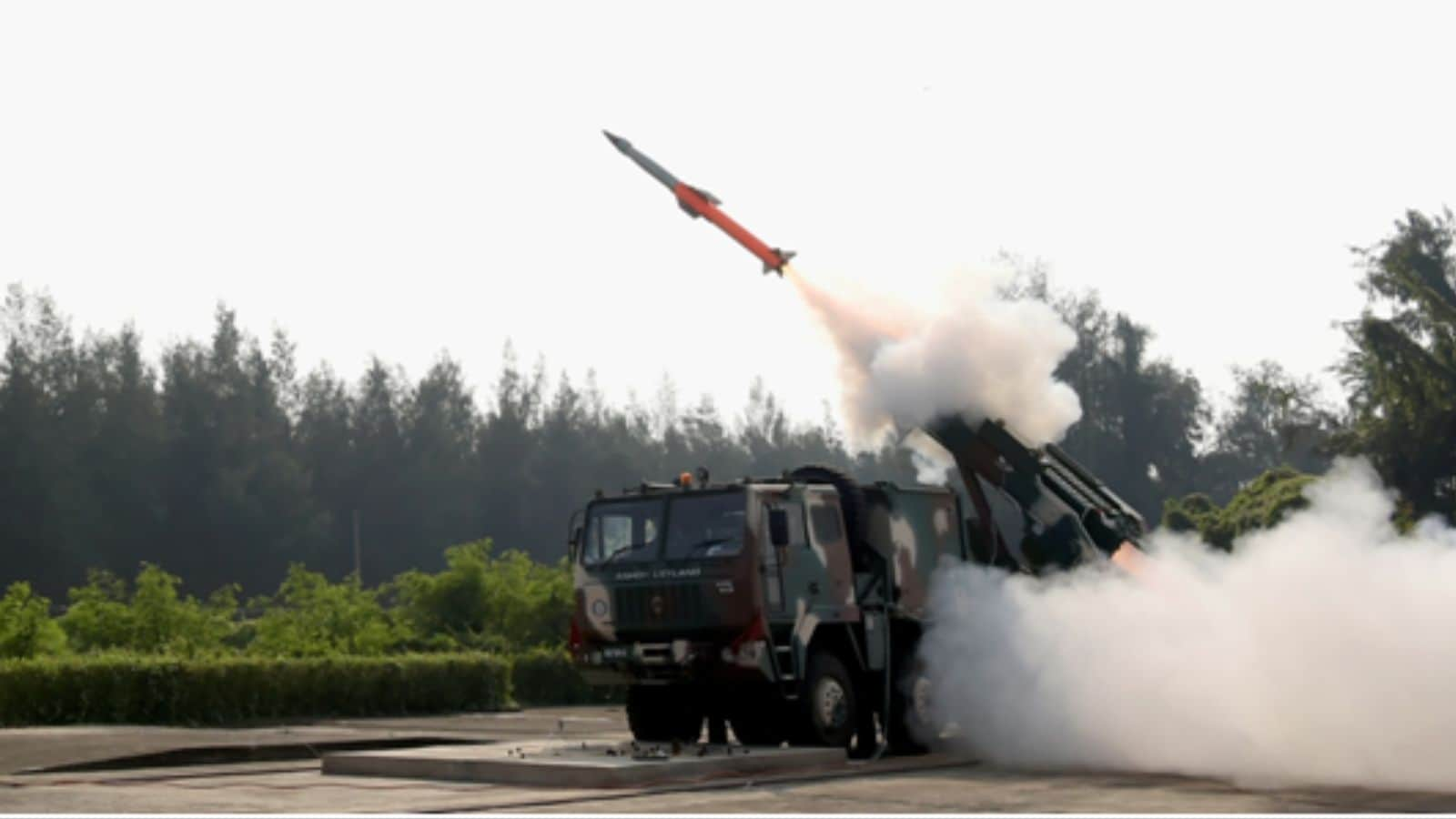The climate change-induced change in spatial distribution of southwest monsoon and its timeline in Kerala do not adequately support the idea suggested by General Education Minister V. Sivankutty to shift the summer vacation of students from April-May to June-July.
The Minister proposed a public discussion on whether the government should adjust the academic year-end vacation schedule for schools, considering the loss of class time due to inclement weather.
However, climatological data of the State for the past 25 years reveal that the monsoon was deficient either in June or July as many as 19 times. This has become more pronounced this millennium.
For instance, the monsoon rain was deficient 30 times in June from 1901 to 2025. However, the frequency of rain becoming deficient in June has increased in this millennium, as 11 deficient June months were witnessed between 2001 and 2025.
Similarly, the July rainfall was deficient eight times in this millennium. Moreover, of the 30 years when June rainfall became deficient, the entire monsoon season was deficient only eight times. This indicates that June or July rainfall alone is not a deciding criterion for the performance of the four-month monsoon in Kerala.
The shortfall in rain could be bridged anytime between July or August and September, said experts.
District Collectors used to declare a holiday when a red alert was issued by the India Meteorological Department. However, the accuracy of red alerts had been abysmally low, often leading to loss of school days.
Even this year, the extreme rainfall criteria were fulfilled only three or four times, while a holiday was declared close to 10 days in many districts. At times, the red alerts followed intense rainfall.
In the case of summer, for the first time in the history of Kerala, a heatwave was confirmed in 2024 with Palakkad realising the heatwave criteria for five days from April 25. Though many districts satisfied the temperature criteria for heatwave during the same year— the maximum temperature should be 40°C or more (for plains) and the departure from normal should be 4.5°C from normal — a heatwave was not declared, as the variation was not recorded on two consecutive days as stipulated by the IMD for declaring a heatwave.
IMD sources also said no climatological data were sought by the State government or Minister before putting up such a proposal.



.png)
.png)
.png)
















 20 hours ago
4
20 hours ago
4









 English (US) ·
English (US) ·